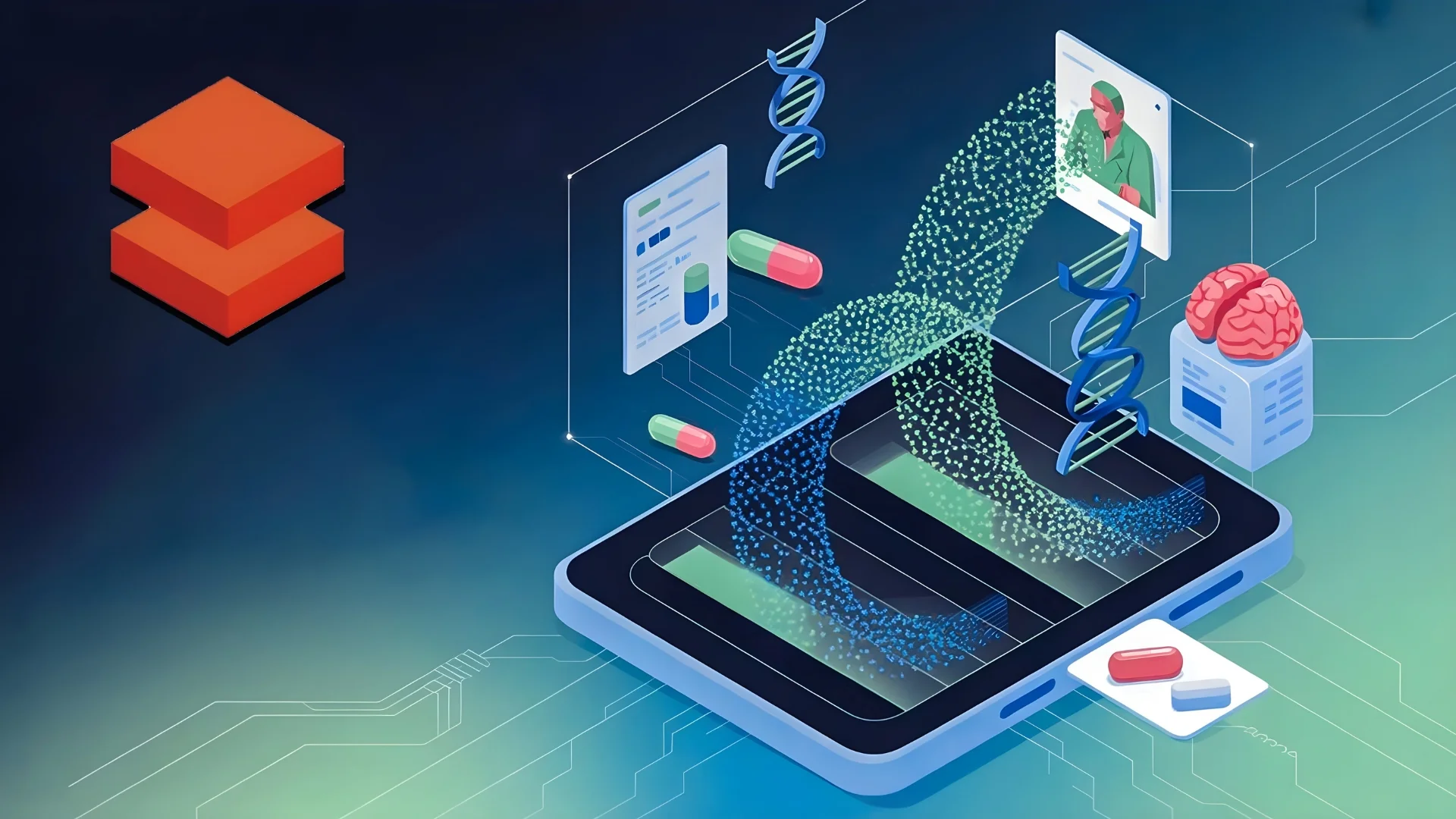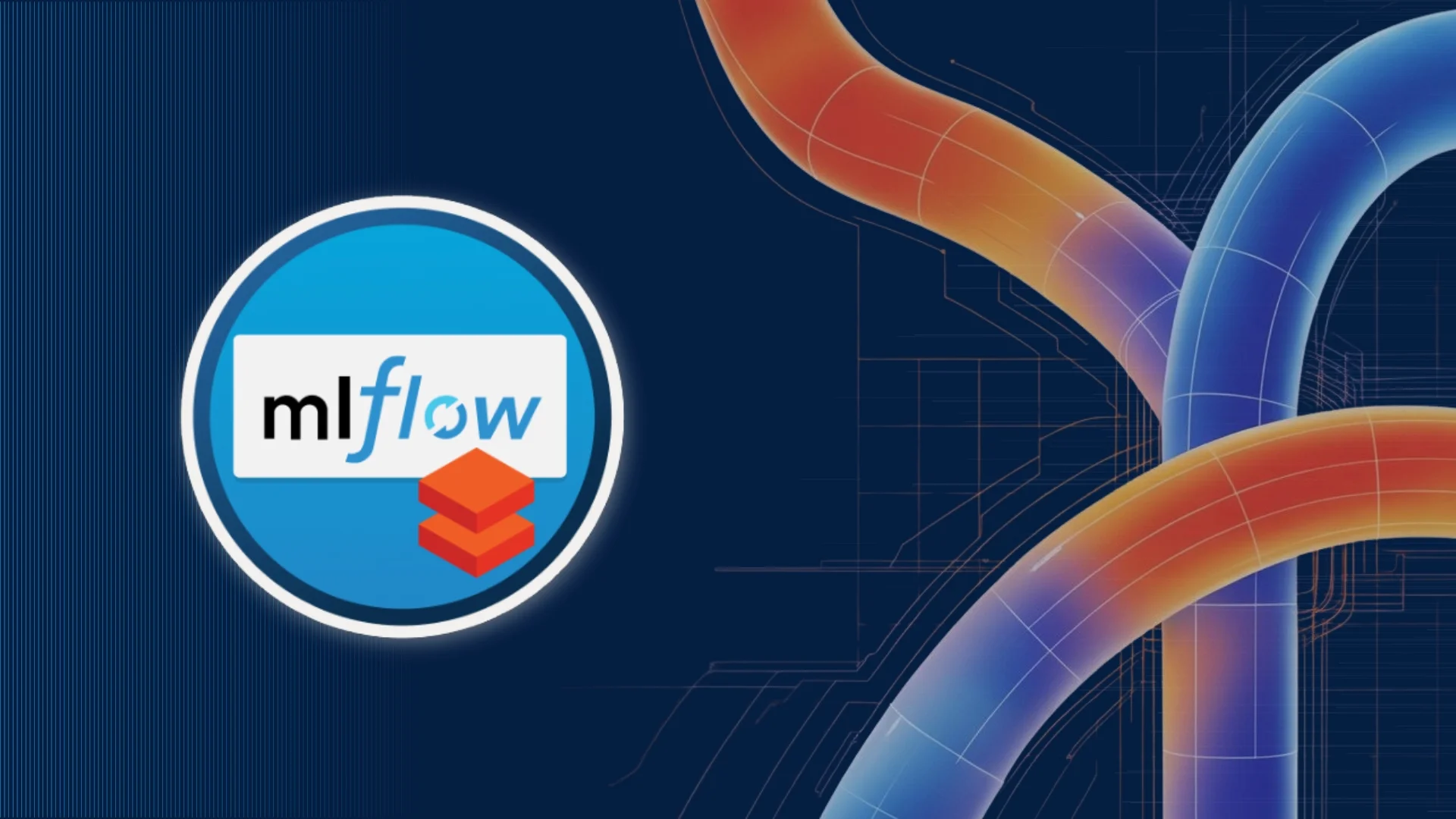Introduction
The world is currently witnessing the unfolding of the Fourth Industrial Revolution that is fundamentally altering how people live, work, and connect with one another and with technology. Businesses all across the world are making every effort to “become digital” in order to survive.
India has also begun to undergo this digital transition and is well on its way to becoming one of the world’s most digitally advanced countries. With over 692 million internet users, India is one of the most significant and rapidly expanding digital consumer marketplaces. As digital capabilities increase and connectivity becomes more widespread, technology is poised to rapidly and dramatically alter practically every area of India’s economy.
As we enter the 75th year of India’s independence, let’s look into some of the groundbreaking digital initiatives that are empowering millions of Indians by improving their lives over the course of the last 4 decades.
Table of Contents
India’s digital transformation journey
In 1970, India took its first important step toward e-governance when it created the Department of Electronics. This move emphasized the importance of information and its dissemination. An e-governance initiative began in India with a focus on developing in-house government applications in the fields of defense, economic planning, and the deployment of Information and Communication Technologies (ICT) to manage data-intensive processes such as census, elections, tax administration, etc.
In 1977, the newly formed National Informatics Centre (NIC) began a nationwide initiative to computerize all district offices by introducing the District Information System (DIS) initiative. The development of NICNET, the national satellite-based computer network, in 1987 provided the primary impetus for the e-governance initiative. All the efforts made during this period were government-centric, with the primary goal of utilizing ICTs to automate internal government processes.
Towards the end of the 1980s, a few government computerization efforts began to have an impact on citizen services. The most notable of these was Indian Railways’ computerization of the passenger reservation system (Ramani, 1991).
Several central and state departments began implementing ICT deployment initiatives in the 1990s with the goal of better serving their constituents. During the second half of this decade, some government agencies began initial attempts to use the World Wide Web primarily for giving information to citizens.
These initiatives, however, were isolated and fragmented as a result of a lack of adequate and integrated ICT infrastructure reaching down to the block and village levels.
All these shortcomings were addressed by the National e-Governance Plan (NeGP), which was initiated in 2006 with 31 Mission Mode Projects that spanned numerous sectors, including agriculture, land records, health, education, passports, police, courts, municipalities, business taxes, treasuries, and more. In 2009, the Government of India setup UIDAI to issue Unique Identification Numbers (UID), named “Aadhaar”, to all residents of India based on their biometric and demographic data that served as proof of identity and address, anywhere in India.
To address the shortcomings in the National e-Governance Plan, such as a lack of integration between government applications and databases, a low degree of government process re-engineering, the Government of India approved the e-Kranti program in 2015 with the vision of “Transforming e-Governance for Transforming Governance.”
In 2015, the government of India launched its flagship program, Digital India, with a vision to provide digital infrastructure as a source of utility to every citizen, governance and services on demand, and to connect rural areas with high-speed internet networks and improve digital literacy.
Digital India program’s key initiatives
The government of India has undertaken a number of initiatives as part of the Digital India campaign. Listed below are a few of these crucial initiatives:
Digital identity Aadhaar
Digital identity Aadhaar is one of the pillars of “Digital India,” as it provides every citizen with a unique identification number. It provides an identity infrastructure for the administration of numerous social welfare programs. As of April 2021, 129 crore residents of India possess Aadhaar according to the UIDAI.
DigiLockers
This flagship initiative seeks to “Digitally Empower” citizens by giving them access to authentic digital documents in their document wallets. Through DigiLocker, a paradigm shift towards paperless governance has been ushered in, such that citizens, as well as public & private entities, can digitally store important documents.
MyGov.in
MyGov.in is a platform for the exchange of inputs and ideas regarding policy and governance. It is a platform for citizen engagement in governance, utilizing a “Discuss,”, “Do,” and “Disseminate” methodology.
Common Service Centers (CSC)
Common service centers (CSC) are the hubs through which citizens in rural and remote areas of the country can gain access to the government’s essential public utility services, healthcare, social welfare schemes, financial, educational, agricultural services, and more.
Jeevan Pramaan
Jeevan Pramaan is a digital service enabled by biometrics for senior citizens. Pensioners of the Central Government, State Government, and any other government agency can utilize this service.
UMANG
Unified Mobile Application for New-age Governance (UMANG) is a platform that consolidates major government services (from the Centre, states, and local bodies) and important utility services to offer single-point access via the mobile app at any time.
GeM
GeM, the government e-marketplace, was created to make it easier for different government departments and organizations to purchase goods and services online.
Public Wi-Fi Hotspots
It was proposed to develop public Wi-Fi hotspots in order to give people access to the internet without requiring them to rely on mobile data.
NeGD Learning Management System
The NeGD) (National E-Governance Division) Learning Management System (LMS) is a software system that helps with the management, documentation, tracking, and reporting of training courses, events, e-learning courses, and content, as well as the facilitation of blended capacity building.
eHospital
Under this initiative, the Online Registration System enables individuals to access services such as online registration, payment of fees, and appointments; online diagnostic reports, online blood availability checking, etc.
Unified Payments Interface
The Unified Payments Interface (UPI) revolutionized the Indian financial system by allowing millions of people to send and receive money instantly via mobile phones. Since its launch in 2016, India’s UPI framework has developed rapidly, making mobile transactions easier for businesses and consumers.
Co-Win
As part of India’s vaccination campaign, Covid Vaccine Intelligent Work, or Co-WIN, was introduced in January 2021. The website was created to allow individuals to reserve vaccine slots, monitor the nation’s general immunization program, and obtain the Covid-19 vaccine certificate.
AarogyaSetu
This app was launched during the first wave of the Covid-19 pandemic in India on April 2, 2020. It was developed in a public-private partnership to combat the virus. Using cutting-edge Bluetooth technology, algorithms, and artificial intelligence, it determines the risk based on their interactions with others.
GSTN
The Goods and Services Tax Network, or GSTN, was created to facilitate return filing and payment processing for all states through a common PAN-based registration system. State and central taxes have been consolidated under GSTN. This has eliminated the cascading effect of taxes, reducing both the buyer’s and seller’s financial burden.
One Nation, One Ration Card
Through this system, National Food Security Act (NFSA) recipients, by using their existing ration cards and biometric or Aadhaar authentication, particularly migrants, can claim their full or partial food grain allowance from any Fair Price Stop in the country. Anyone with an Aadhaar number seeded on their ration card is eligible for authentication and rationing.
What is a data visualization tool?
Let us look at some of the AI-based initiatives taken based on different industry verticals.
Technology
India’s fastest supercomputer, Param Siddhi AI
India’s largest High Performance Computing (HPC) AI supercomputer, PARAM SIDDHI AI, was commissioned in the year 2020 by Centre for Development of Advanced Computing (C-DAC). PARAM SIDDHI AI’s superior compute capabilities will jumpstart research efforts and support start-ups to execute large-scale projects in areas such as healthcare, agritech, cybersecurity, robotics, and more.
Food/Water industry
IoT devices to monitor rural drinking water supply
The Jal Jeevan Mission (JJM), in collaboration with Tata Community Initiatives Trust (TCIT) and Tata Trusts, implemented IoT-based remote monitoring systems, including flow meters, groundwater level sensors, pressure sensors, chlorine analyzers, and pump controllers to measure all the relevant aspects of water service delivery – quantity, pressure, duration, quality, and sustainability.
Infrastructure
AI-based attendance for field staff
To keep tabs on workers’ presence at various project sites, National Highways Authorities of India (NHAI) has implemented a face recognition system powered by AI. When workers register in for the day, the system will record their information along with the time, date, and place at which they logged in. This will deter any attempt at impersonating a legitimate worker, consultant, or engineer.
Agriculture
Artificial intelligence to advise farmers on pests and diseases in crops
TNeGA (TAMIL NADU e-GOVERNANCE AGENCY) has developed a farmer-friendly, easily accessible, AI-powered system that uses a deep supervised learning model to identify patterns from digital images, assisting farmers with early diagnosis of pests and illnesses, which would be very useful in mitigating farmer distress in comparison to traditional ways.
Legal
Artificial intelligence video surveillance platform for prisons
In 2019, UP Police implemented the JARVIS video analytics platform in 70 prisons to monitor inmates, which aided jailers in disciplining and supervising the prisoners.
Wildlife
AI researcher’s work to save the tiger population
The Wildlife Institute of India (WII) used image processing software CaTRAT (Camera Trap Data Repository and Analysis Tool) for geotagging, coding, and separating the images into folders for each species.
Healthcare
AI to detect COVID-19 induced lung damage using chest x-rays
The Defense Research and Development Organization (DRDO) has created ATMAN AI, an artificial intelligence-based COVID detection application software that utilizes chest X-rays (CXR) to detect COVID-induced lung abnormalities. The solution does not exacerbate the problems that PHCs (Primary health care) and other smaller healthcare facilities already confront because CXRs are less expensive than CT scans.
Pharmaceutical
Covid-19 test kit
IIT Hyderabad developed COVIHOME, an AI-powered COVID-19 test that allows self-testing at home that doesn’t require any expert supervision for an RT-PCR or a BSL-2 lab facility for the extraction of RNA. The kit can provide results in thirty minutes for both symptomatic and asymptomatic patients.
Energy
Forecasting energy needs using AI
The Andhra Pradesh Transmission Corporation (APTRANSCO) introduced an energy consumption forecasting model that uses AI and ML to forecast the next day’s electricity consumption, including a day-ahead electricity demand for every 15 minutes.
Defense
75 Newly-Developed AI-Enabled Defense Products
On July 11, 2022, the Ministry of Defense held the first-ever AI in Defense (AIDef) symposium and exhibition. At this event, 75 Artificial Intelligence products and technologies were shown off for the first time. These products and technologies were made by industry (both public and private), research organizations, academic institutions, start-ups, and innovators working together on different projects.
In conclusion
No matter how accurate your data is, if the underlying data doesn’t tell the right story and offer pleasant visuals, then users won’t get value from them. To avoid telling incomplete, misleading, or inaccurate stories, it is imperative to understand the amount and scope of your data, including the type of information you want to share and the types of decisions you want people to make. And data visualization tools are one such tool that can present complex data in an explanatory and exploratory visual that depicts the complete story to your audience, allowing them to connect correlations, identify trends, and come to their own conclusion or form their own opinions.[/vc_column_text][/vc_column][/vc_row]















